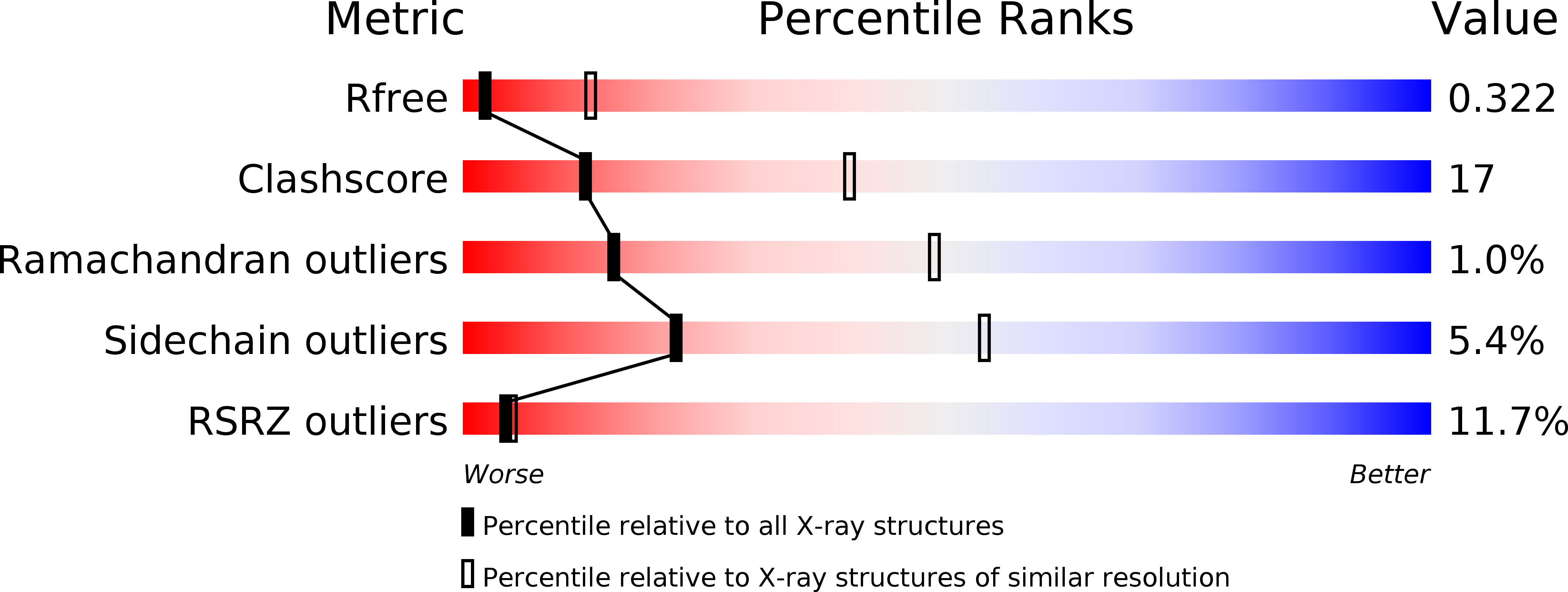
Deposition Date
2017-09-05
Release Date
2017-12-06
Last Version Date
2024-10-16
Entry Detail
PDB ID:
6AWF
Keywords:
Title:
Escherichia coli quinol:fumarate reductase crystallized without dicarboxylate
Biological Source:
Source Organism:
Escherichia coli (Taxon ID: 562)
Host Organism:
Method Details:
Experimental Method:
Resolution:
3.35 Å
R-Value Free:
0.31
R-Value Work:
0.28
R-Value Observed:
0.28
Space Group:
P 1 21 1


